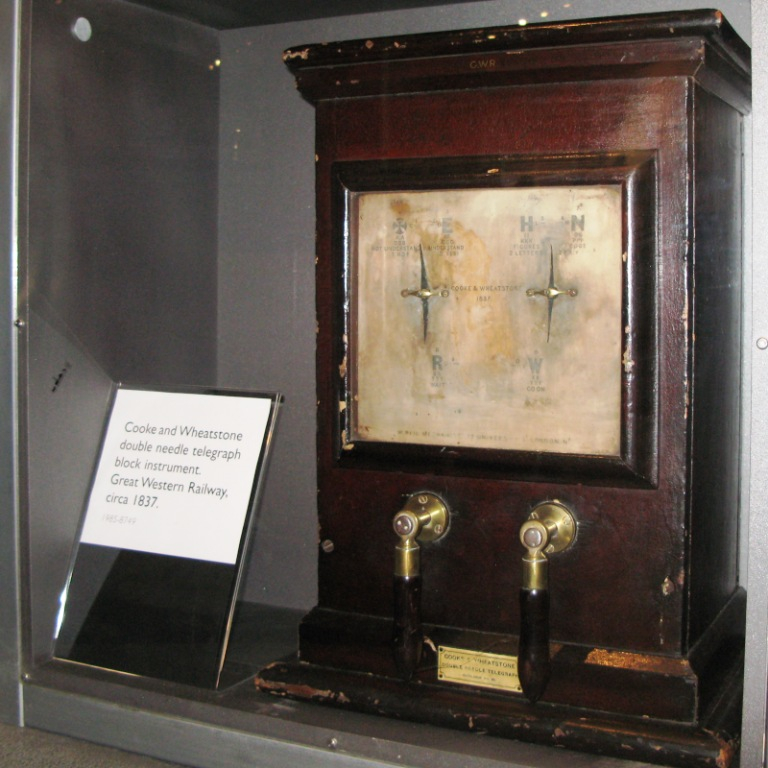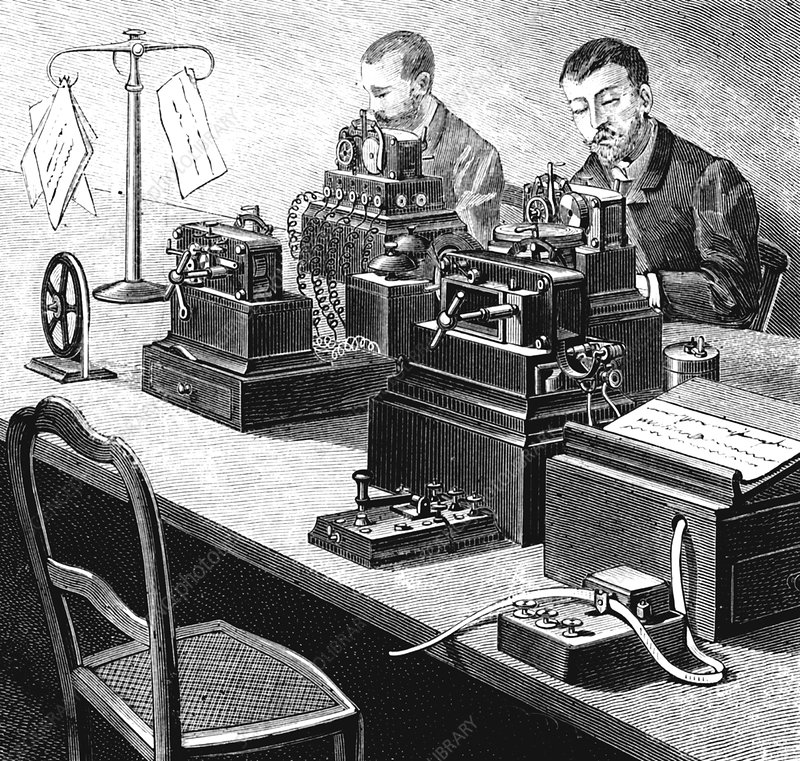The Cooke and Wheatstone telegraph
The Cooke and Wheatstone telegraph, one of the major inventions of the Industrial Revolution, designed in the 1830s by English inventor William Fothergill Cooke and English scientist Charles Wheatstone, was an early electrical telegraph system. It was a type of needle telegraph and the first commercially available telegraph system. The receiver was made up of a number of needles that could be moved around on a board by electromagnetic coils. Early customers who didn't want to learn codes and employers that didn't want to spend on employee training loved this feature.
Later systems did away with the letter board and read the code straight from the movement of the needles. Because the number of needles was reduced, the codes became more complicated. The decision was driven by the desire to cut costs by reducing the number of telegraph cables utilized, which was proportional to the number of needles. As the insulation on some of the early installations decayed, some of the original cables became unsuitable, the change became increasingly necessary. Cooke and Wheatstone's most successful method was a one-needle system that lasted into the 1930s.
The killer John Tawell has apprehended thanks to Cooke and Wheatstone's telegraph. When it was discovered that Tawell had boarded a train to London, the telegraph was used to send a signal to the Paddington terminus, where he was caught. The uniqueness of this use of the telegraph in crime-fighting drew a lot of attention and led to a greater public acceptance and use of the telegraph.
On the new railways being built in London, the use of the electric telegraph began to rise. When the London and Blackwall Railway opened in 1840, it was fitted with the Cooke and Wheatstone telegraph, and many others followed. The Blackwall Railway's distance (four miles) was too far for steam signaling, and the engineer, Robert Stephenson, was a staunch supporter of the electric solution. Along with the London and South Western Railway, an 88-mile line from Nine Elms to Gosport was completed in February 1845, significantly longer than any other railway at the time. The Admiralty paid half the capital cost and £1,500 per annum for a private two-needle telegraph on this line to connect it to its base in Portsmouth, finally replacing the optical telegraph. The Electric Telegraph Company was founded in September 1845 by investors John Lewis Ricardo and Cooke. The Cooke and Wheatstone patents were purchased by this company, which solidified the telegraph industry. The enterprise was nationalized in 1869 and absorbed into the General Post Office. On British railways, the one-needle telegraph was a huge success, and 15,000 sets were still in service by the end of the nineteenth century. Some were still in use in the 1930s.
The Cooke and Wheatstone telegraph served primarily the United Kingdom and the British Empire. It was, nevertheless, used in Spain for a time. After the telegraph sector in the United Kingdom was nationalized, the Post Office gradually replaced the various systems it had inherited, such as the Cooke and Wheatstone telegraph, with the Morse telegraph system.












